Oven-roasting is a simple yet transformative cooking technique that can turn ordinary vegetables into delicious delights. The appeal of roasted vegetables lies in their caramelized, crispy exterior and tender interior, a perfect harmony of textures and flavors.
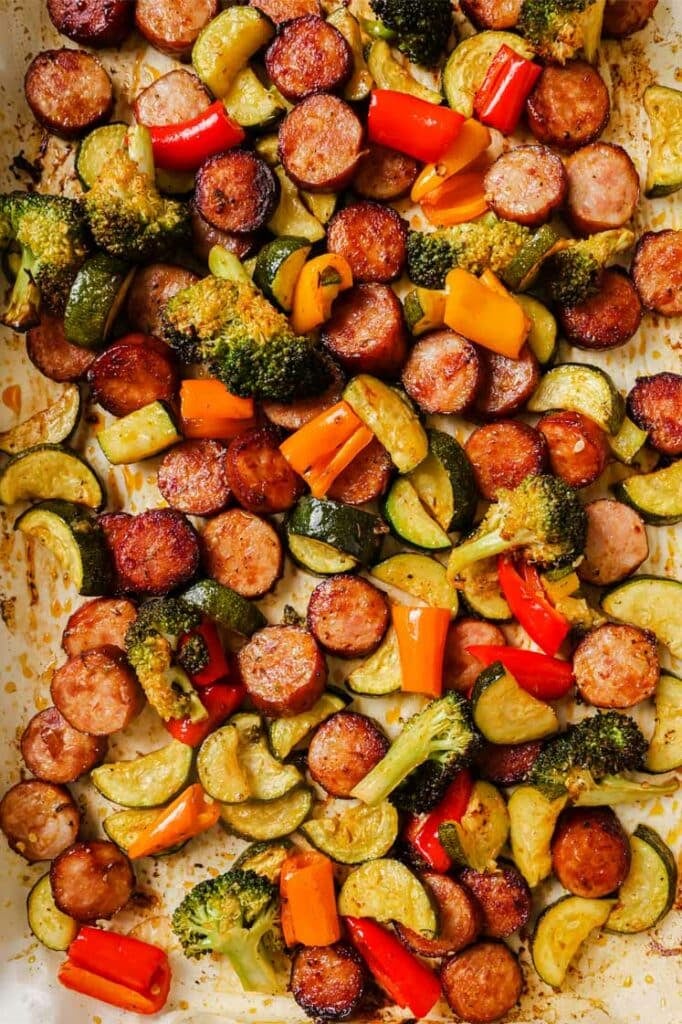
With the right techniques, you can turn your vegetable dishes from mundane to extraordinary, impressing family and friends alike. This home cook’s handbook will walk you through the basics of oven-roasting vegetables, from selecting the right produce to achieving the perfect roast results.
The basics of oven-roasting
Oven-roasting is a dry cooking method that exposes vegetables to high heat and hot air in an enclosed space. Roasting elevates the natural flavors of vegetables, creating a tender, tasty interior that contrasts with the crunchy, caramelized exterior. This method not only enhances the flavors but also brings out the vibrant colors of the vegetables, making them visually appealing.

Roasting is similar to baking in that they both rely on the heat of the oven to cook the interior of food while browning the outside. The difference is that roasting is typically done in a hot oven, over 400 F, while baking happens in a moderate oven, between 300 F and 400 F. Understanding this distinction can help you choose the right method for your specific dish, ensuring optimal results every time.
Essential roasting equipment
To achieve vegetable-roasting perfection, you’ll need a few essential tools. This equipment ensures even cooking, perfect browning and precise temperature control:
- Oven: A standard kitchen oven is perfect for this purpose. If available, consider using a convection setting, which circulates hot air for even cooking.
- Baking sheets: Provide a flat surface for vegetables to roast evenly. Rimmed baking sheets are ideal and can be sold as half-sheet pans, jelly roll pans or cookie sheets. You can also use a roasting pan for larger quantities. Investing in quality, heavy-duty pans can significantly affect heat distribution.
- Tongs or a spatula: These tools are essential for flipping and rearranging your vegetables without damaging them. Using the right tools can enhance your efficiency and ensure your vegetables maintain their shape.
Choose suitable vegetables
Not all vegetables are equal in roasting. Ideal candidates include potatoes, carrots, bell peppers, broccoli, cauliflower and sweet potatoes. These vegetables have the right balance of moisture, density and natural sugars to roast beautifully.
Seasonal Picks
Choose root vegetables like carrots, parsnips, and butternut squash in the fall. In winter, try Brussels sprouts, sweet potatoes, and cauliflower. This roasted butternut squash with cauliflower and bacon is a great way to use up your fall and winter veggies.

Spring features asparagus, baby potatoes, and fresh peas. In summer, opt for zucchini, bell peppers, and tomatoes. Using seasonal produce enhances flavor and supports local farmers, making visits to farmer’s markets rewarding and environmentally friendly.
Texture Considerations
Harder vegetables, such as potatoes and carrots, should be cut smaller for even cooking, while softer ones, like zucchini and tomatoes, need less time and can be cut larger. Ensuring uniformity in size promotes even roasting. Mixing textures can add variety, but be mindful of cooking times.
Cooking Times
Root vegetables typically need 30-45 minutes at 400°F (200°C) to become tender, while softer vegetables roast in about 15-20 minutes. To achieve perfect results, combine vegetables with similar cooking times or add quicker-cooking ones partway through to prevent overcooking and ensure everything finishes simultaneously.
Preparing your vegetables
The first step in oven-roasting is to prepare your vegetables. Wash and thoroughly dry all vegetables, as excess water can prevent proper caramelization on the exterior of your veggies. This step is crucial, as moisture can lead to steaming rather than roasting, which won’t yield that coveted crispy texture. Peeling is not required but may benefit thick-skinned vegetables like squash or root vegetables like beets and potatoes.
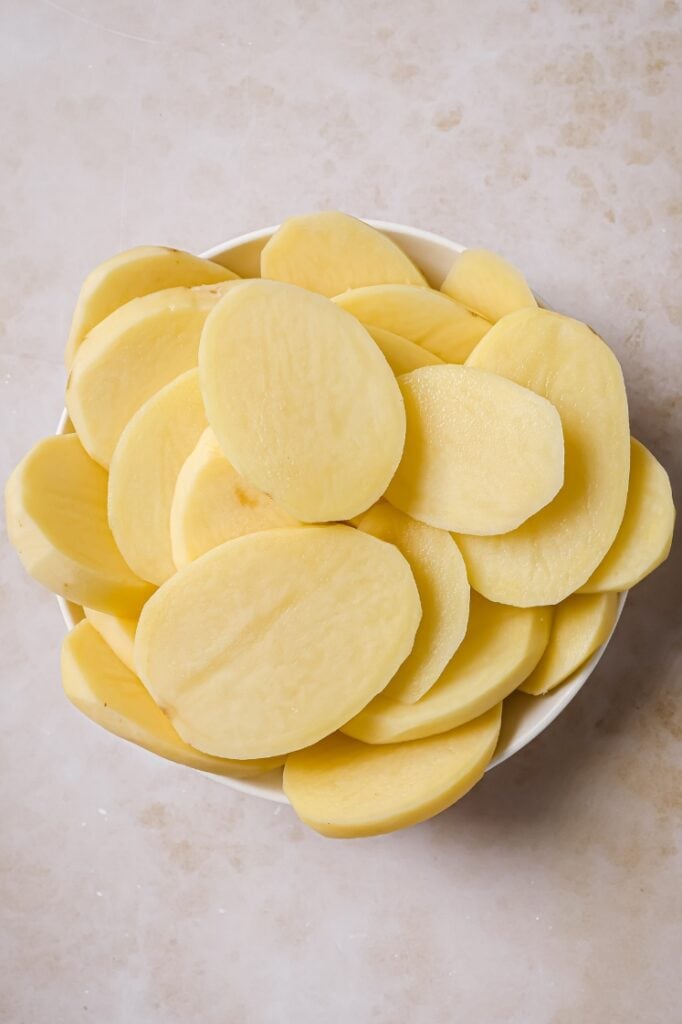
Cut the vegetable pieces to uniform sizes to promote even roasting. The size will depend on how you use or serve your vegetables. The vegetables in this oven-roasted root vegetable dish are all cut into thin half-moons and stacked to create a beautiful display, while a winter squash may be simply cut in half and roasted cut side down. Remember, the smaller the pieces, the quicker they will cook, so adjust your cutting technique based on your desired cooking time. They will cook at the same rate as long as the sizes are the same.
The last step in the preparation process is seasoning. The simplest preparation is to toss the vegetables in oil and sprinkle them with salt. The salt helps to bring out the natural flavors, and the oil encourages browning. For added depth of flavor, consider incorporating garlic, onion powder, or even a splash of balsamic vinegar. You can also get more creative with herbs, spices, marinades and sauces, which you can add before, during or after roasting.
“I love roasting all root vegetables. There is nothing like roasting them to bring out their natural sweetness. My favorite is to roast sweet potatoes. This is the perfect method when you need them for sweet potato pie.”
— Brooke Burks, The Buttered Home
Prepping the oven and pan
Preheating your oven is a crucial step to ensure the proper cooking temperature. Set it to 425 F for most vegetables. A hot oven will help create that sought-after crispy caramelized exterior while maintaining the tenderness on the inside. This step should not be overlooked, as starting with a properly heated oven can dramatically affect the final outcome of your roasted vegetables. This step should be done early in the roasting process, as it can take many ovens 10 to 15 minutes to preheat fully.
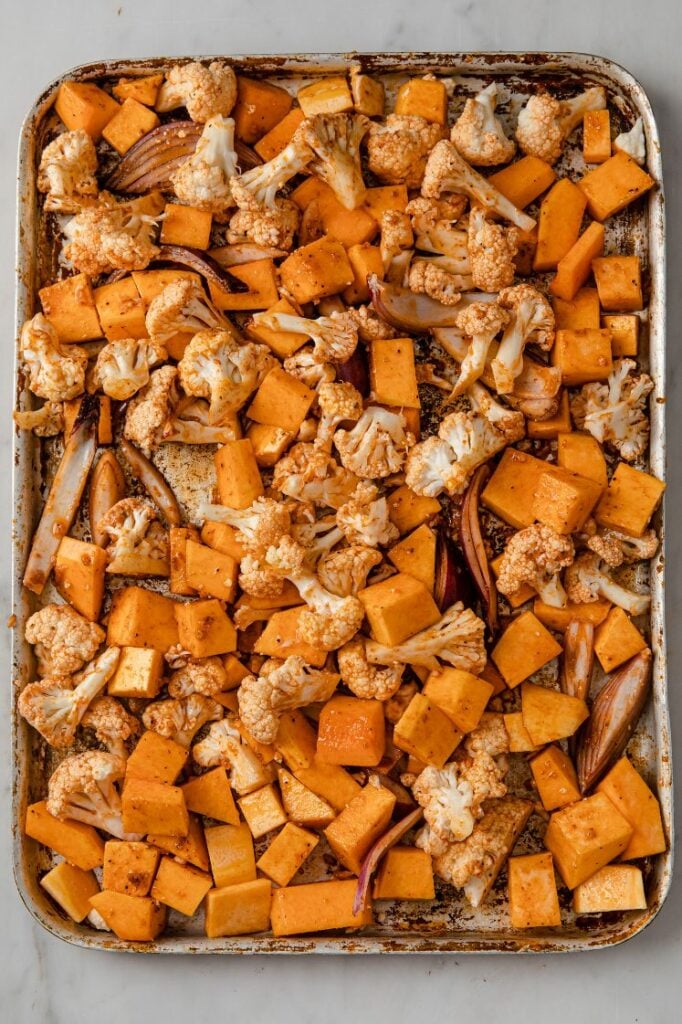
A baking sheet is your best friend for oven-roasting vegetables. As mentioned above, these are sold under many names and sizes. The main thing to consider in choosing the proper pan is that it is large enough to accommodate your vegetables. If you’re unsure, always opt for a larger pan, as overcrowding can lead to uneven cooking. Unless the recipe specifically calls for it, you will want your vegetables to have plenty of room to roast without touching. Using a rimmed sheet makes flipping vegetables without knocking them off the pan easier.
Your pan may need to be oiled to prevent sticking. Using the same oil you used to prepare the vegetables, add a thin layer onto your roasting pan, or reduce your cleanup by oiling the vegetables on the pan. Choosing oils with higher smoke points, like canola or avocado oil, can also enhance your roasting experience.
While some may find cleaning a roasting pan no big deal, others avoid roasting to avoid the cleanup. If you fall into this category, consider using parchment paper or silicone baking mats for easy cleanup. These liners can also help with even roasting, as they provide a uniform surface for your vegetables. Be aware that using a liner on your pan may affect the results, but the choice is yours.
Perfecting the roasting process
There are a few essential guidelines to follow to get perfect roasting results. Attention to their importance can help you get the best results on your first attempt.
Oven-roasting vegetables is all about balancing a tender inside and a crispy outside. Cooking too hot will cause the outside to burn before the inside cooks, while cooking too low will prevent the outside from caramelizing. Generally, a temperature of 425 F is suitable for most vegetables. Don’t hesitate to experiment with temperatures; some vegetables may respond better to slightly lower or higher heat. All ovens are different, so monitor your vegetables and adjust the temperature for the best results.
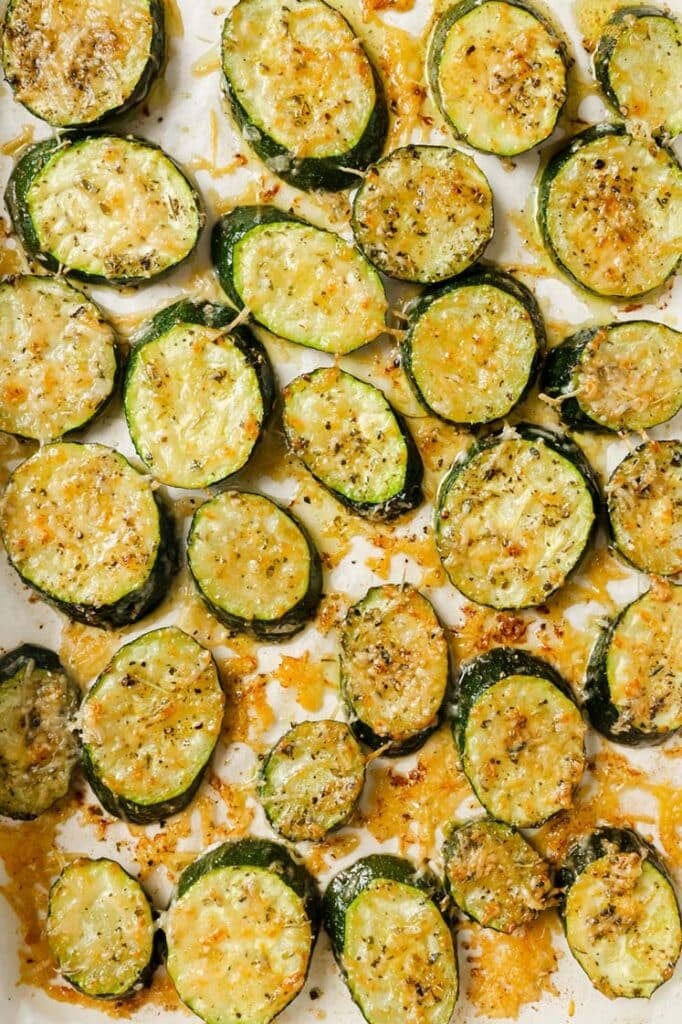
Roasting times vary depending on the vegetable density and size. Root vegetables like radishes, potatoes and carrots cut into one-inch or thicker pieces might take 45 to 60 minutes, while quicker-cooking options like bell peppers and zucchini may be ready in 15 to 30 minutes. Using a meat thermometer can also help you gauge doneness, especially for denser vegetables.
Distribute your vegetables evenly on the baking sheet to promote even browning. Overcrowding can lead to steaming instead of roasting. If roasting a large quantity of vegetables, consider cooking in batches or using multiple baking sheets. When using multiple sheets, set the oven racks above and below the center point and rotate them top to bottom halfway through the cooking process. This ensures that all vegetables receive equal exposure to the heat for consistent results.
Roasting is not a set-it-and-forget-it cooking method. Checking and flipping your vegetables is essential to avoid burning and ensure even cooking. Developing a routine of checking your vegetables at regular intervals can help you fine-tune your roasting skills over time.

Check the vegetables halfway through the recommended cooking time, turning them over and rearranging them on the baking sheet as needed. If you notice the vegetables on the outer edge of the pan are cooking faster, rotate them into the center of the pan.
Check again halfway through the remaining cooking time, flipping the vegetables as necessary. The vegetables are ready when they are easily pierced with a fork and have a golden-brown exterior. This is often the perfect moment to add a finishing touch, such as a sprinkle of fresh herbs or a drizzle of balsamic glaze, for an extra layer of flavor.
Oven-roasting vegetables made easy
Remember to choose suitable vegetables, prep them thoughtfully and roast them at a high temperature for optimal results. Don’t be afraid to experiment with different vegetable combinations, seasonings, and cooking times. Be vigilant in checking and flipping your vegetables, and you’ll soon have a repertoire of delicious, roasted vegetable dishes to enjoy. So, roll up your sleeves, gather your favorite produce and start roasting your way to culinary excellence. With each batch, you’ll gain confidence and discover new flavor profiles that will inspire your cooking adventures.

Oven-roasting vegetables is a straightforward yet rewarding cooking technique. It enhances the natural flavors of vegetables and provides a crispy, caramelized exterior that’s hard to resist. This method transforms the taste of vegetables and makes them a star on your dinner table, appealing to both the eye and the palate. Whether you’re a beginner or intermediate home cook, mastering the art of roasting is a valuable skill that will elevate your culinary prowess.
This article originally appeared on Food Drink Life.
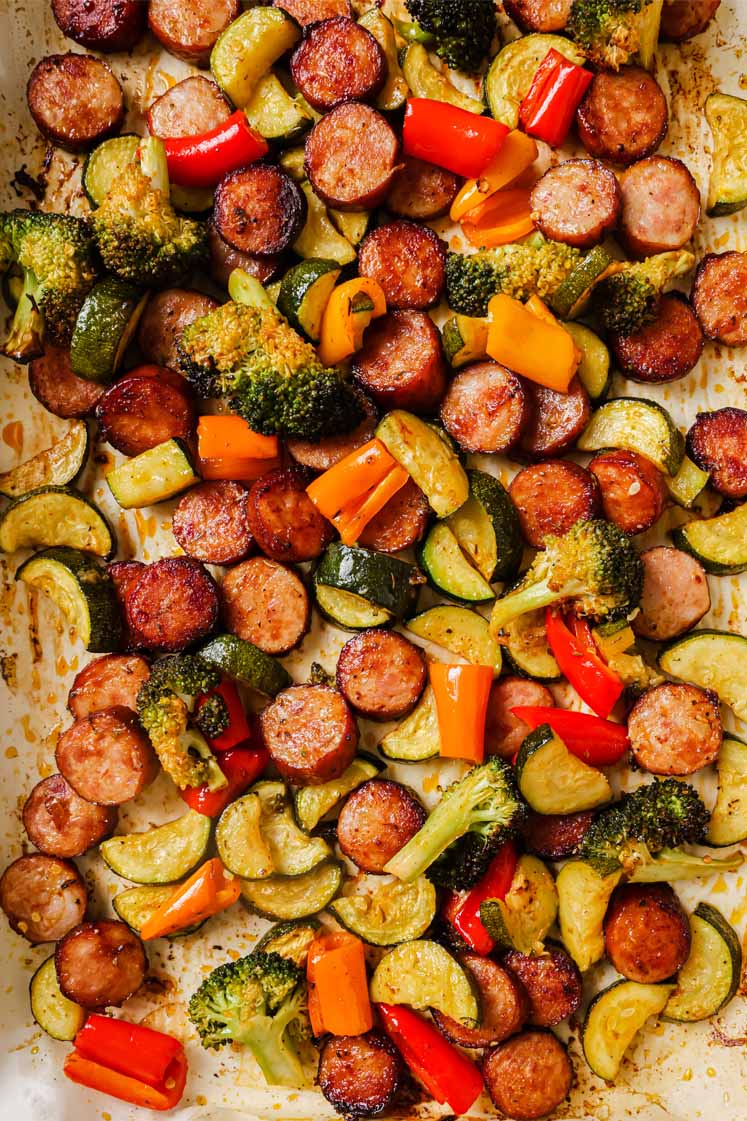



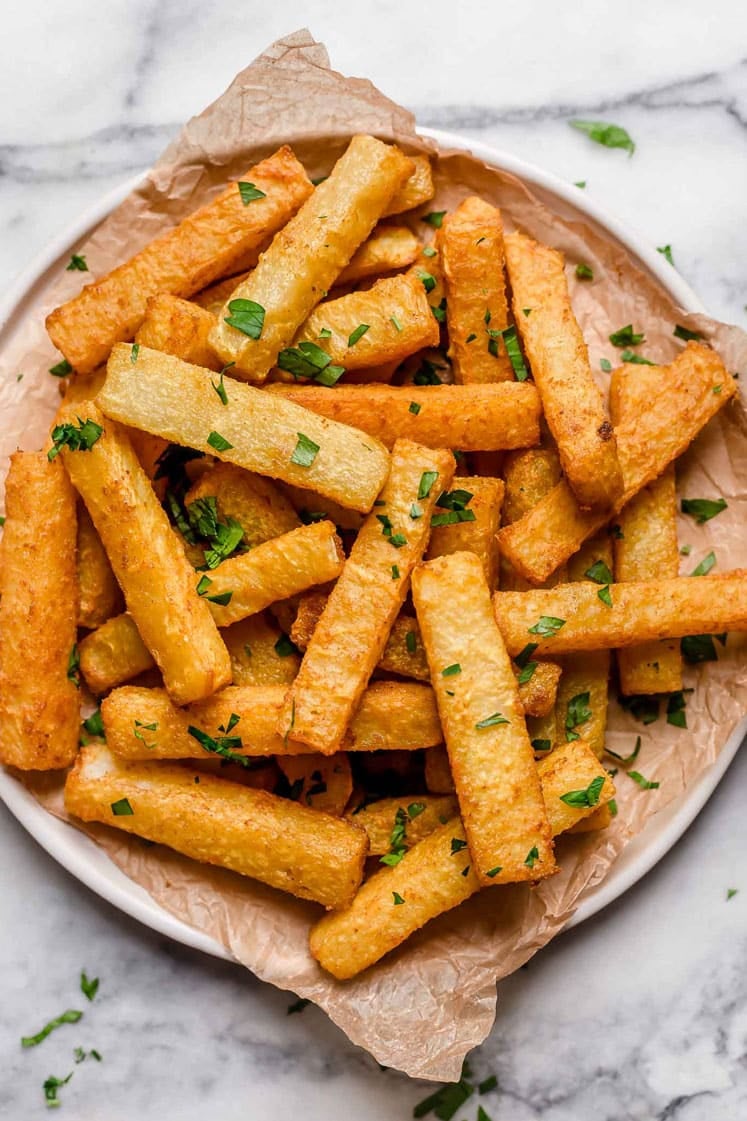

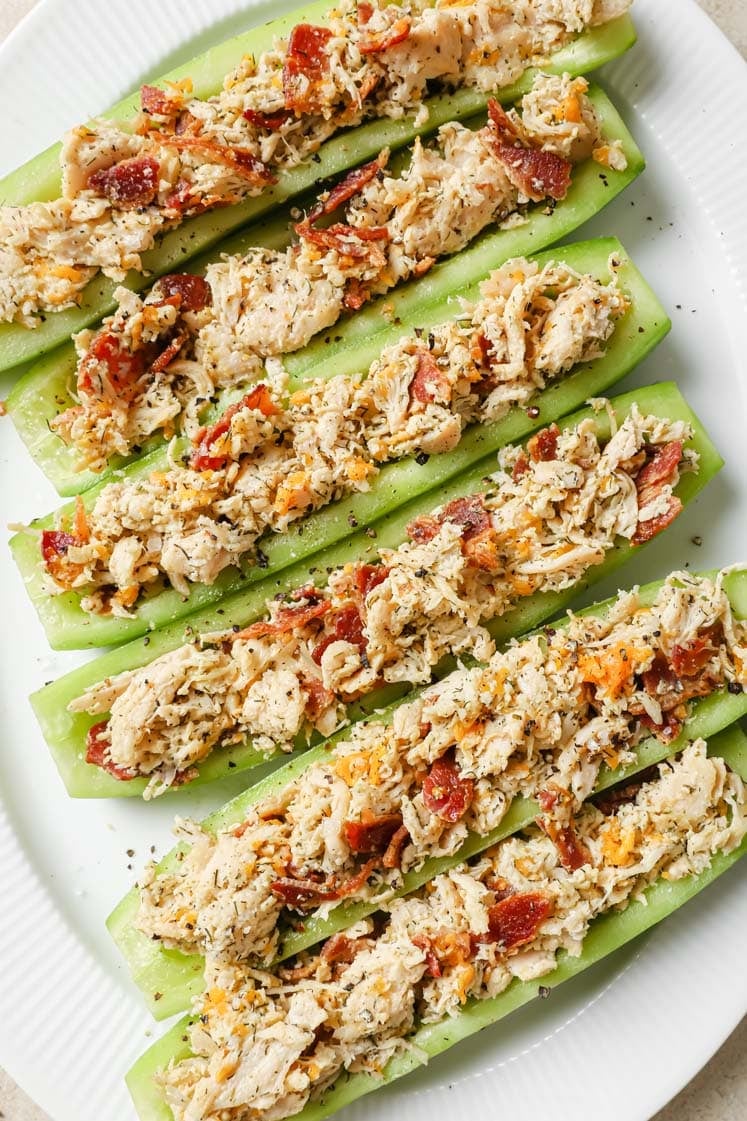


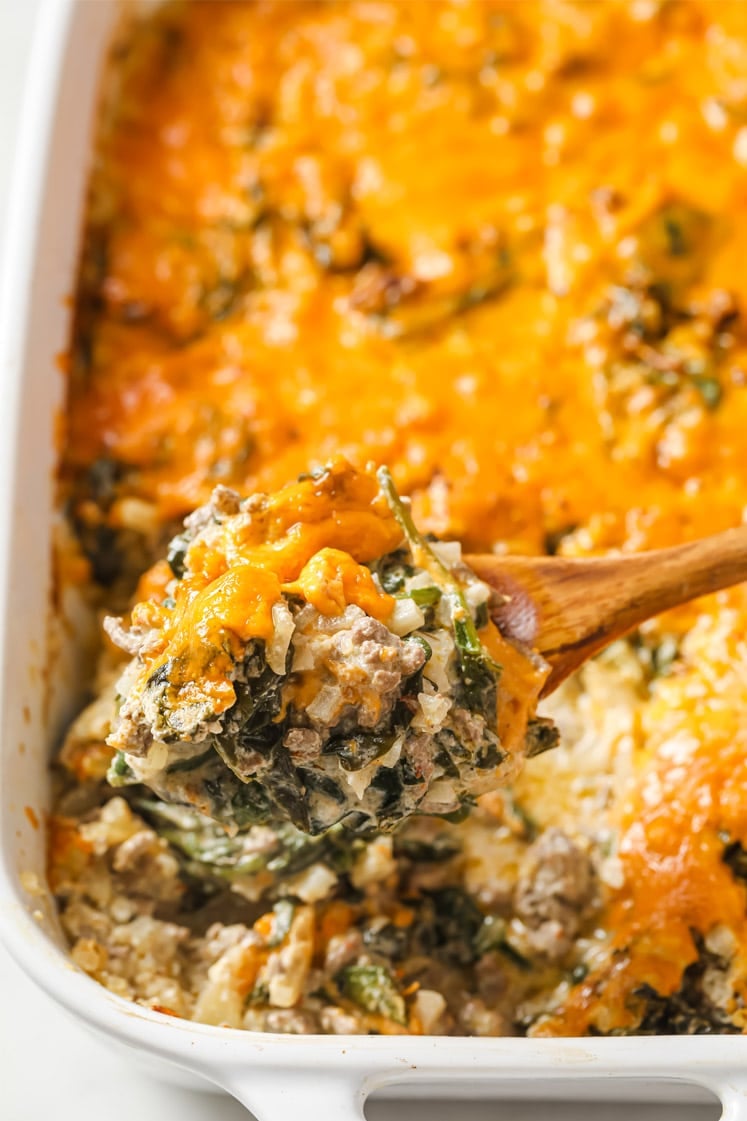

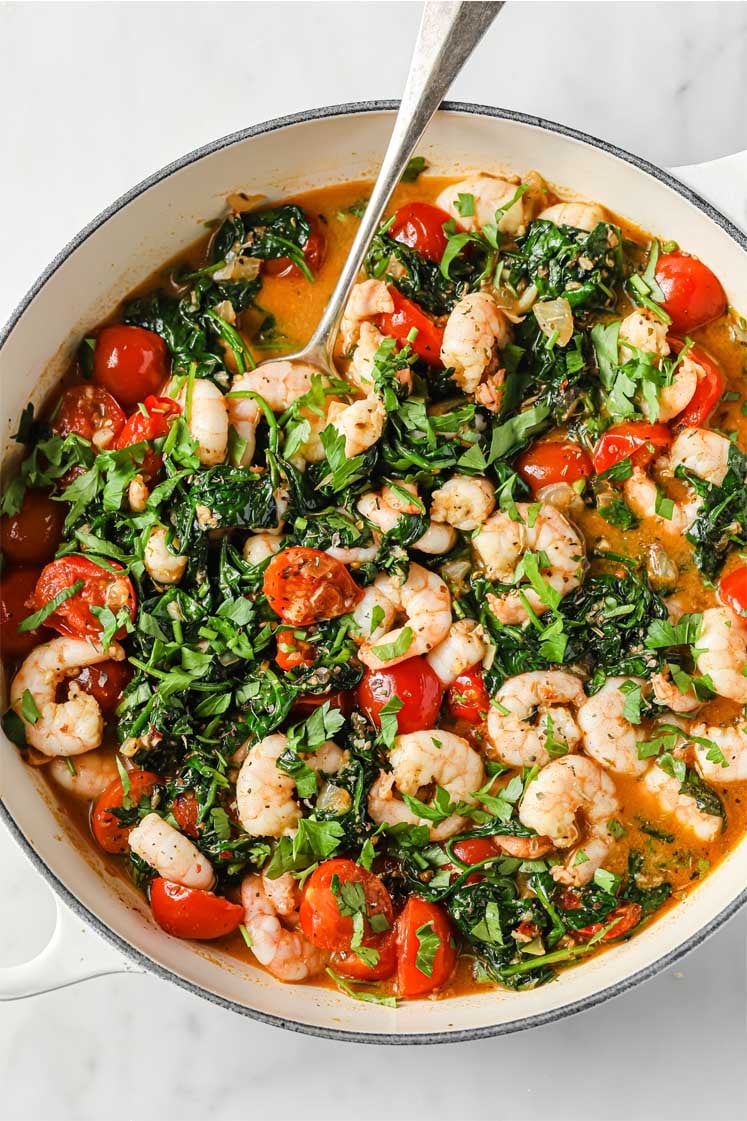
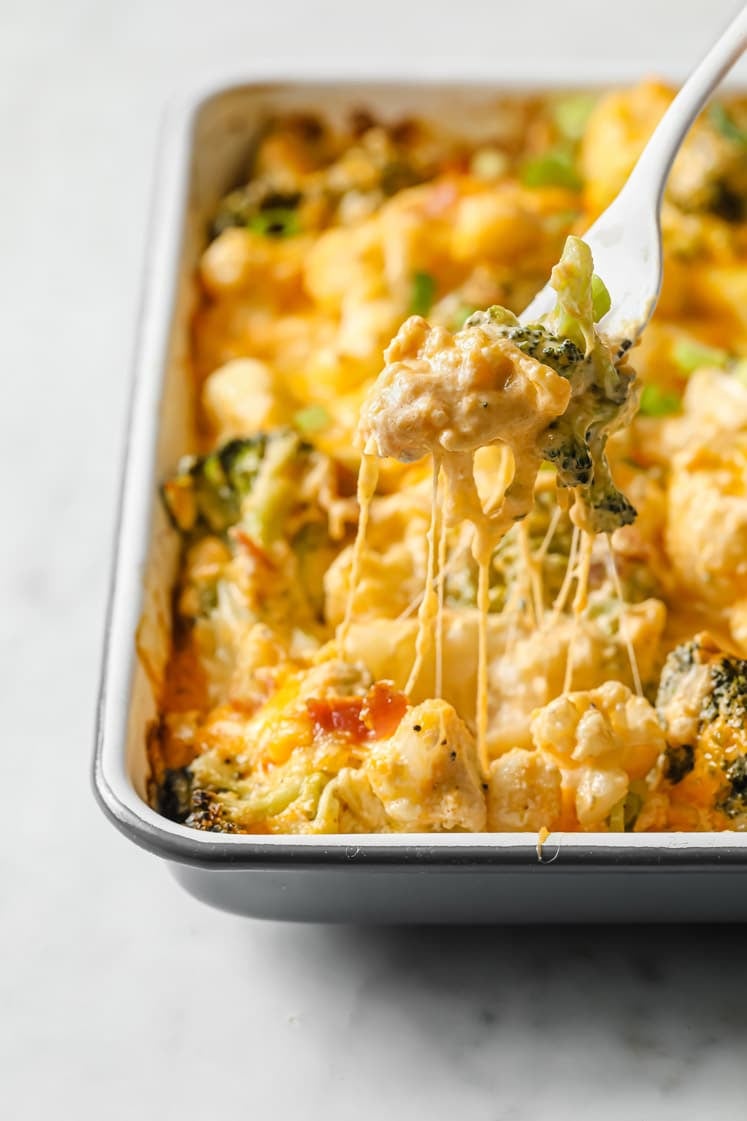
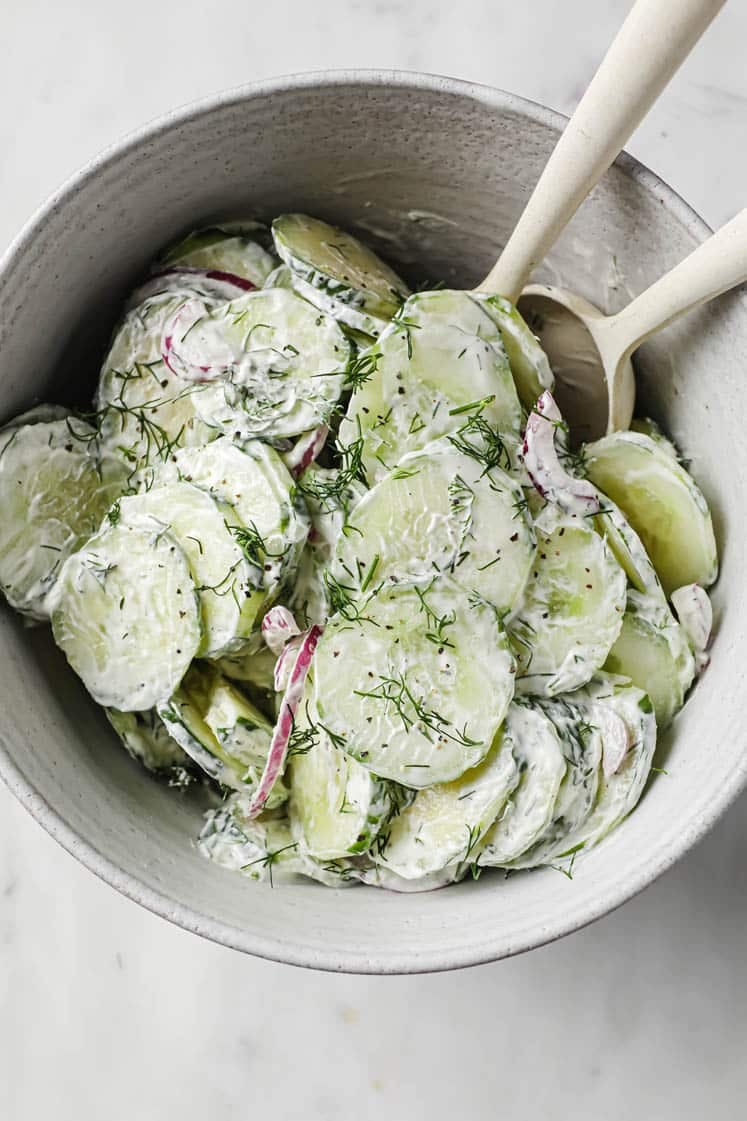









Leave a Reply